Ars picks out some of its favorites from the 500-computer collection.
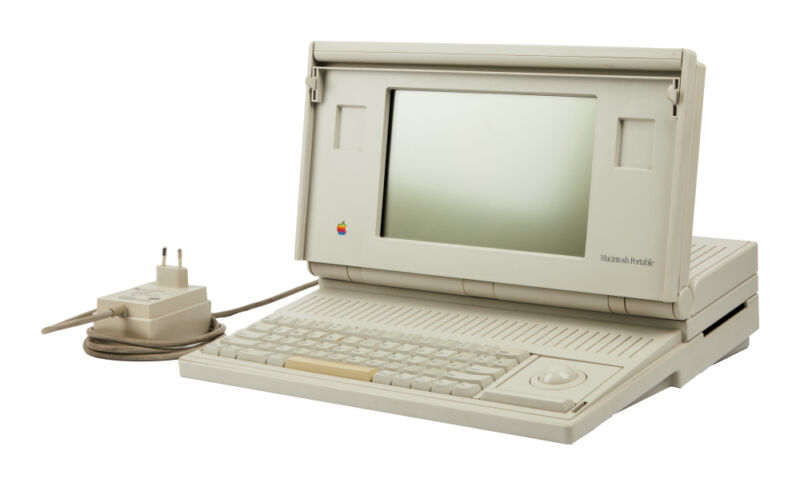
If you've been thinking your home or workspace is perhaps deficient when it comes to old Apple hardware, then I have some good news for you. Next week, a massive trove of classic Apple computing history goes under the hammer when the auction house Julien's Auctions auctions off the Hanspeter Luzi collection of more than 500 Apple computers, parts, software, and the occasional bit of ephemera.
Ars reported on the auction in February, but Julien's Auctions has posted the full catalog ahead of the March 30 event, and for Apple nerds of a certain age, there will surely be much to catch your eye.
The earliest computers in the collection are a pair of Commodore PET 2001s; anyone looking for a bargain on an Apple 1 will have to keep waiting, unfortunately.
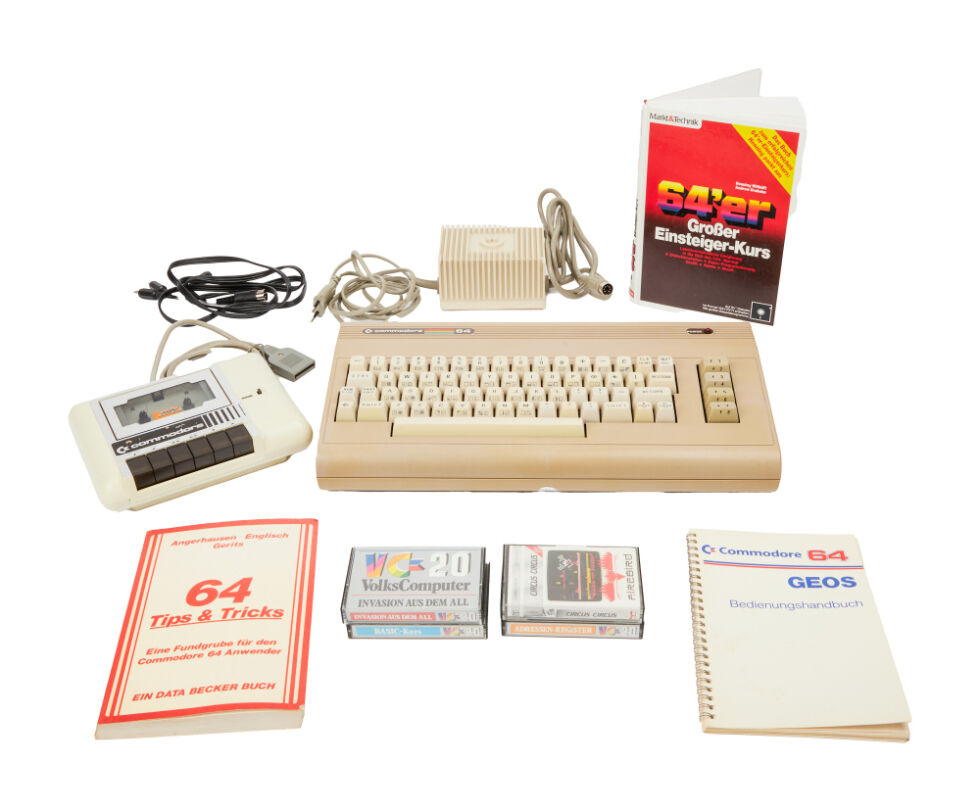
My own personal computing history aligns with the next few lots; back in the early 1980s when it was time for our household to join the computing revolution, we did so with a Commodore 64. I might have even less success learning to program with the Hanspeter Luzi collection Commodore 64 than I did back then, however; all the manuals are in German, not English. Elsewhere in the collection, you can find some Apple III documentation, also in German.
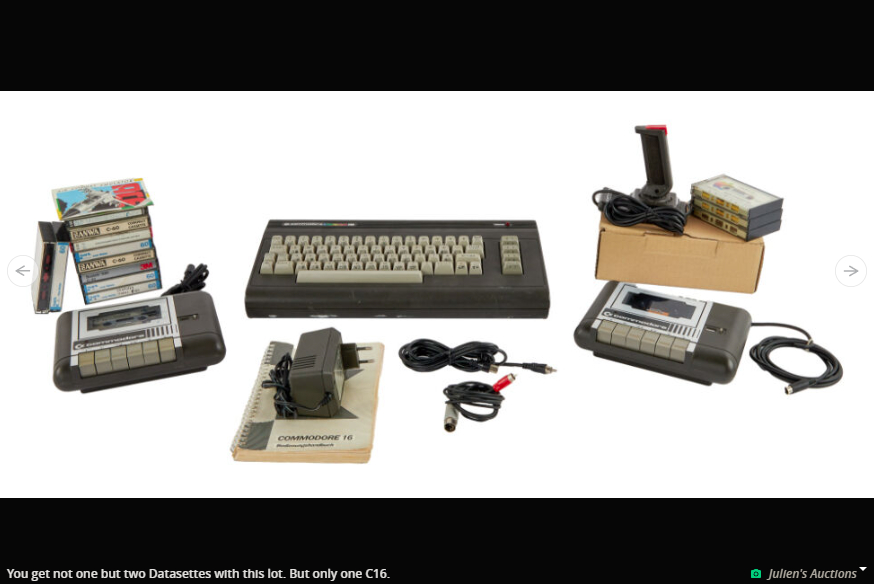


Curiosity could be enough to make someone bid on lot #6: a Commodore 16, which looked cool in dark-gray plastic but which couldn't hold a candle to its more powerful sibling, as it featured just 16KB of RAM. This lot also includes a neat-looking one-button joystick and several cassettes, including what appears to be a Star Wars game. Or perhaps just a game called Star-Wars?
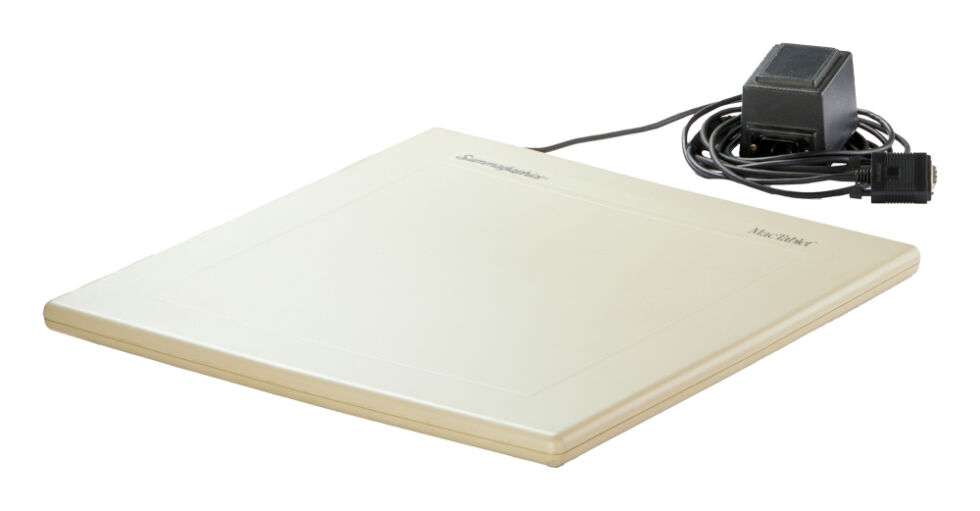
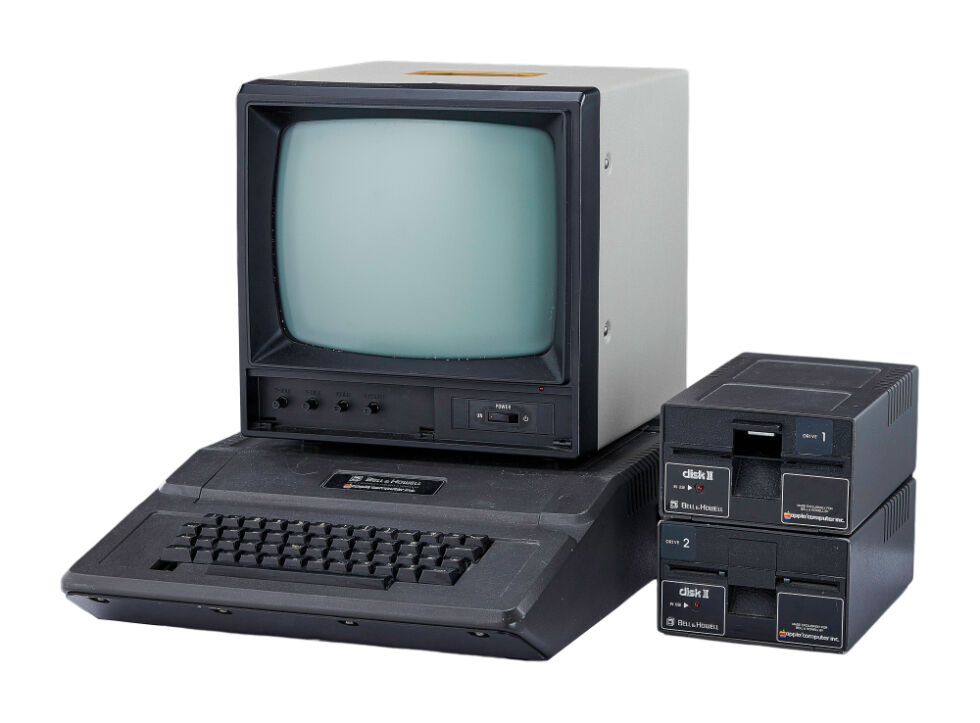
My own personal WTF moment occurred as I got to lot #15. It's an Apple II, but black, not beige, and therefore a thousand times cooler, or something. Even known at the time as the Darth Vader Apple, it's a regular Apple II in a black case made for Bell & Howell, aimed at schools.
Should you decide to impulse-buy this or any of the many other Apple IIs in the auction but aren't sure what happens next, consider perhaps our piece from 2015, "I pulled an Apple II Plus out of my parents' attic. Now what?" The 191-comment thread that follows should have at least a few good ideas. I'll be honest, I mostly fast-scrolled through many of the following lots—plenty of Apple II and Apple III variants, as well as a pair of Apple Lisas, as well as some Lisa components that might have Ars' retrotech writer Jeremy Reimer's interest.
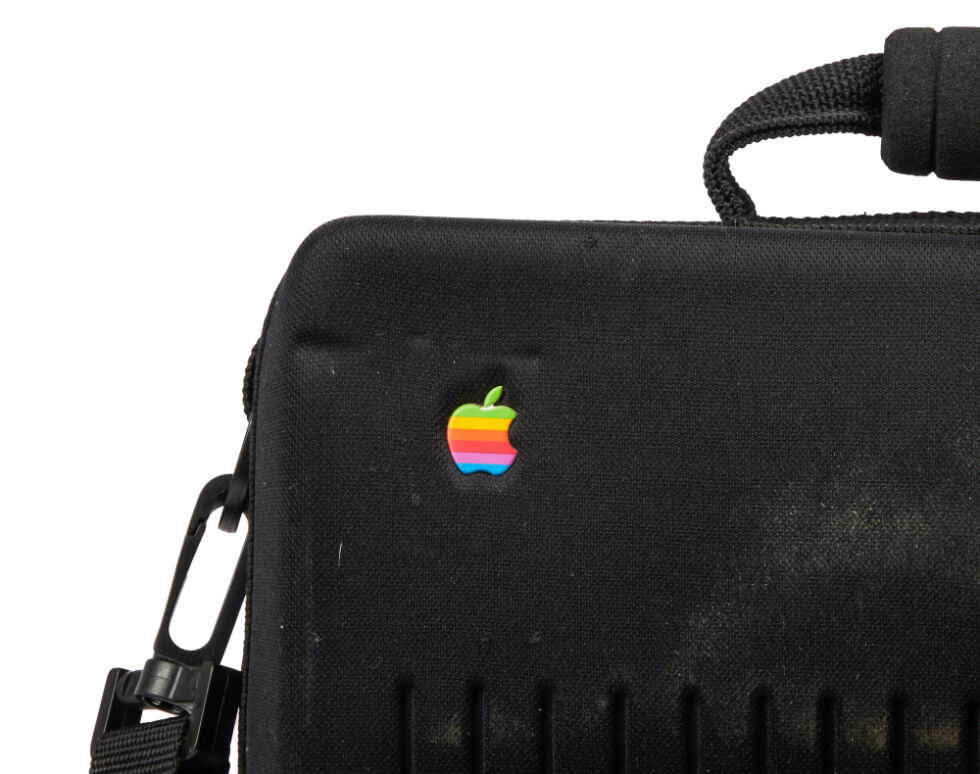
Lot #261 is where I regained interest. That's the lot for the Apple Macintosh Portable, which includes a slightly dirty carrying case. You'll already know I liked that lot, though, because I used a photo of the Macintosh Portable to tempt you through the door.
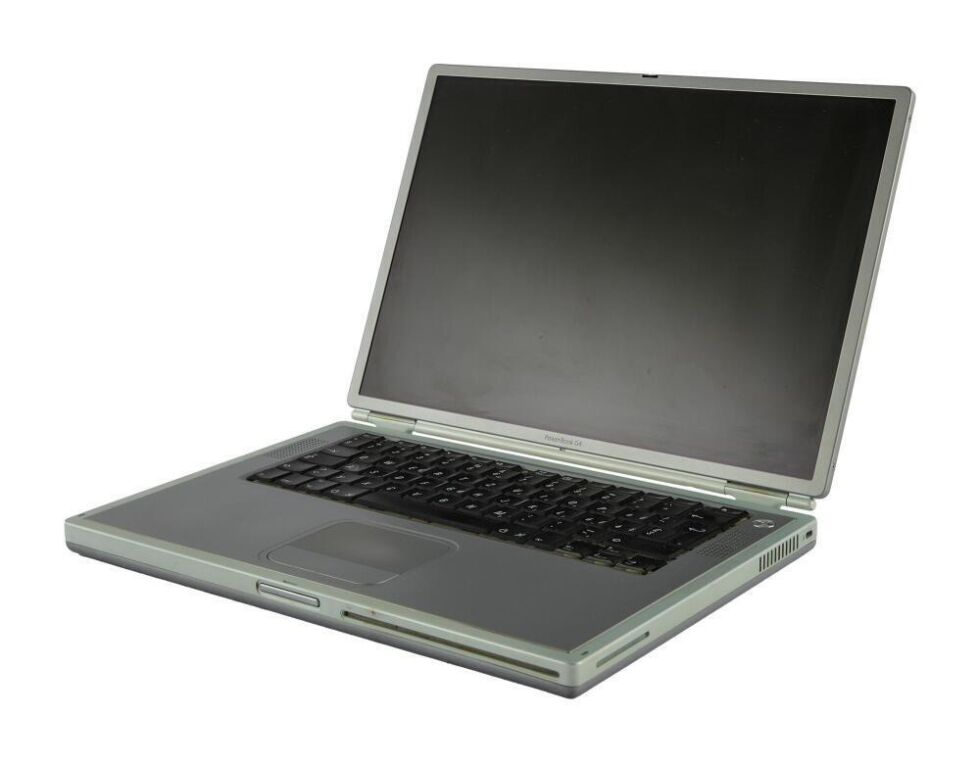
I was surprised not to find an example of my first actual Macintosh in the collection—a PowerBook 3400c I bought from a friend in grad school. But lot #342 is an example of the titanium PowerBook G4 with a starting bid of just $25.
I'm not sure you'd accomplish much more running an early version of OS X than Andrew Cunningham was able to do in that 2014 experiment linked earlier in the text, but the TiBook remains my very favorite form factor from Apple, and if I had hundreds of billions of dollars, instead of buying Twitter I'd use it to have modern laptop internals fitted into that laptop's titanium and carbon-fiber body.
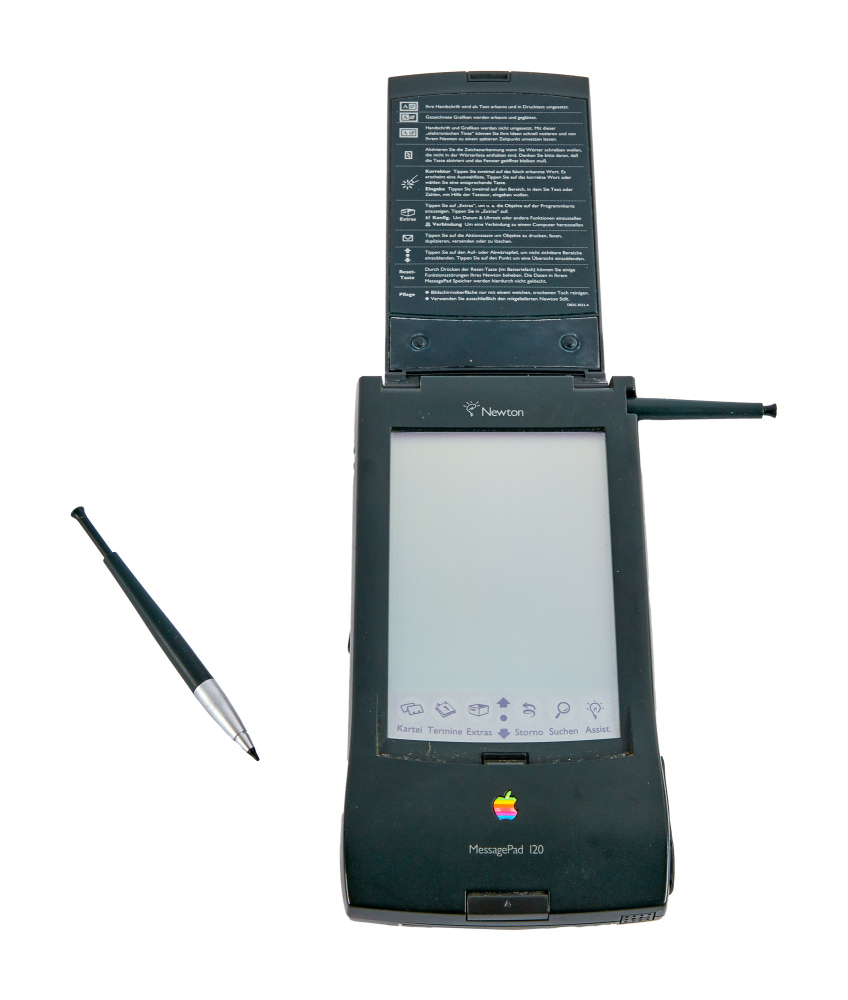
Lot #392 has a higher starting price than many of the lots, and an estimate of between $300-$500. It's the lot containing a Newton MessagePad 120, Apple's first proper go at a handheld device. An expensive failure, the Newton gave the industry some ideas that led to the much more usable Palm Pilot.
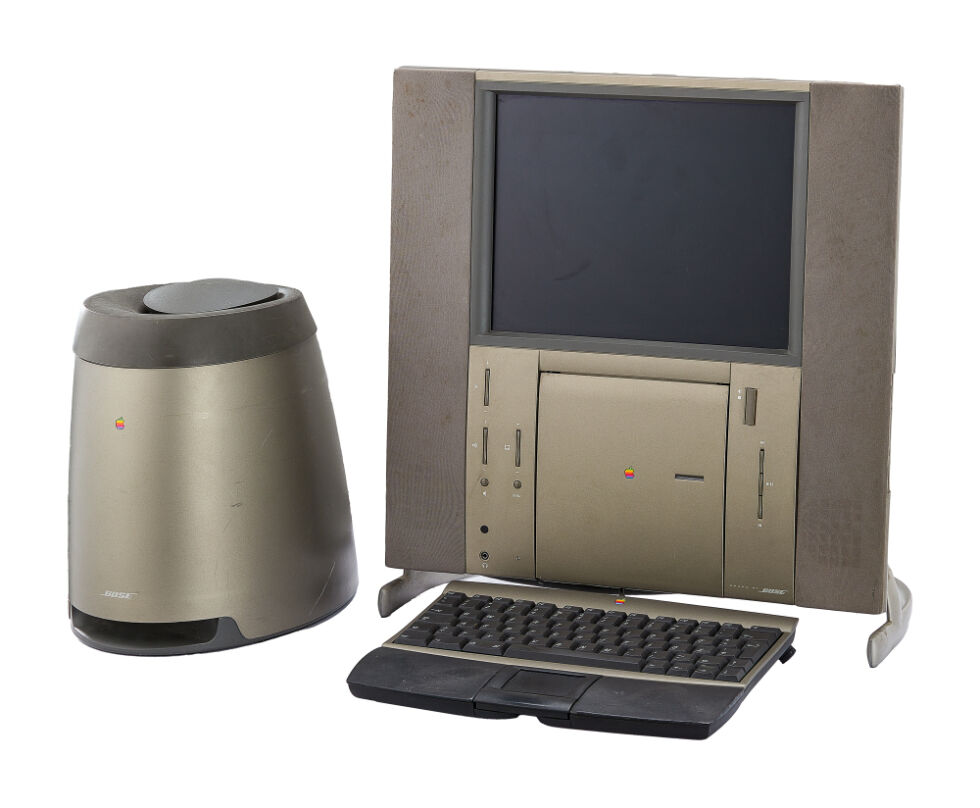
Lot #418 is already at $600 at the time of writing. No surprise then that people are bidding on a Twentieth Anniversary Macintosh, which back in 1997 sold for a heady $7,499. But the TAM, as it's known, is ultra cool, previewing a form factor that combined the computer's hardware with a flatscreen display in a single unit—a design that wouldn't go mainstream until the G4 iMac. (There are a few of those going up for auction, too.)
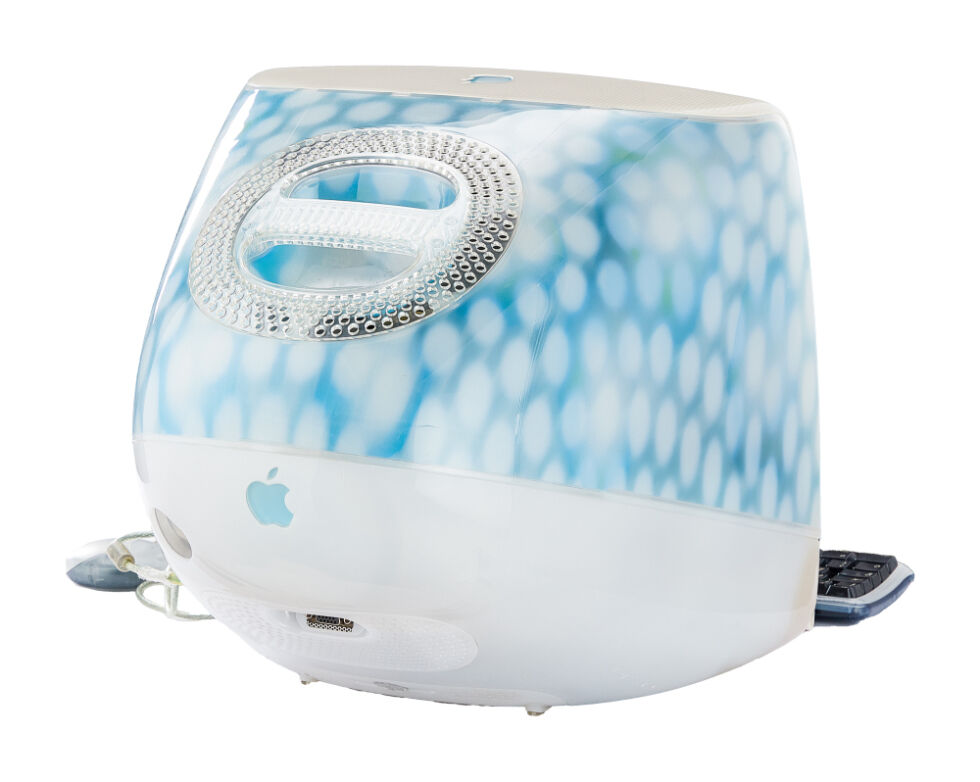
But before we get to the G4 iMac, we have to pass through the G3 iMac. Some readers may be too young to remember the craze of product design kicked off by Apple's turn-of-the-century all-in-one. Translucent plastics became all the rage—in 2001, I remember having a translucent blue plastic kettle and a translucent blue steam iron. My pick of the G3 iMacs—of which there are more than 30—is the ludicrous Dalmatian Edition (lot #431), which had blue and white spots on its case. Just because.
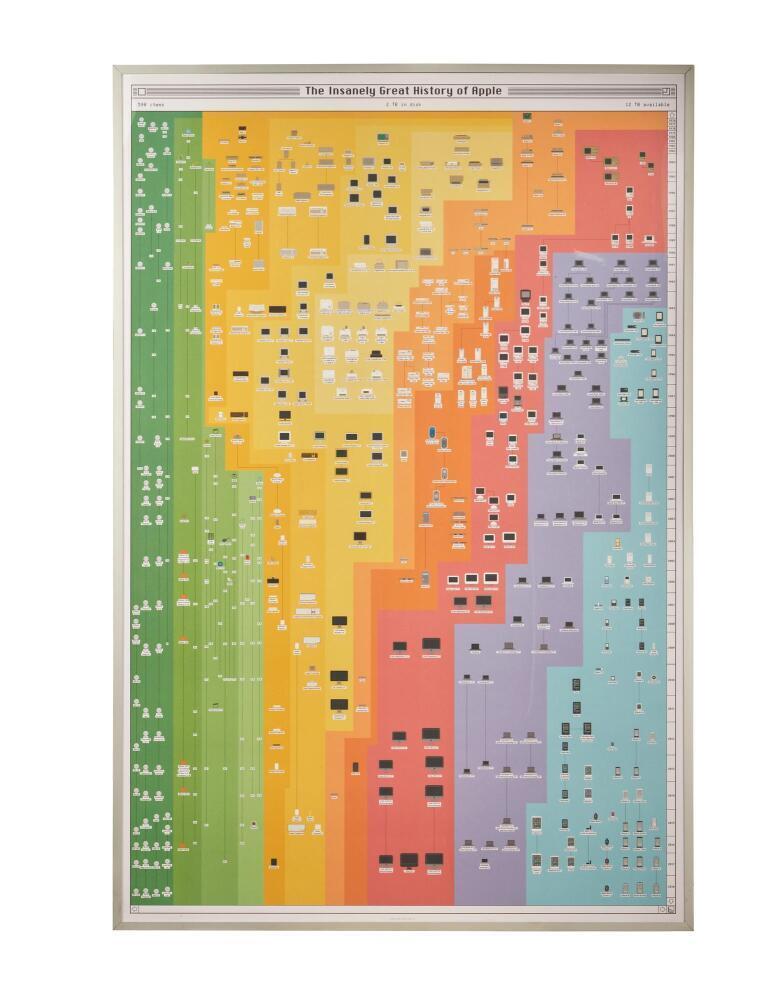
The final lot that caught my eye was in fact the final lot—"The Insanely Great History of Apple" poster. I'm probably a lot too late to that party, though—despite an estimate of just $25-$50, the poster is currently sitting at $250 with five bids so far.




Recommended Comments
There are no comments to display.
Join the conversation
You can post now and register later. If you have an account, sign in now to post with your account.
Note: Your post will require moderator approval before it will be visible.